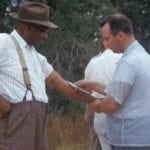 Creepy
Creepy  Creepy
Creepy  Movies and TV
Movies and TV 10 Movies That Get Elite Jobs Right, According to Experts
 Weird Stuff
Weird Stuff 10 Times Real Laws Were Based on Bizarre Hypotheticals
 Animals
Animals 10 Inspiring Tales of Horses Being Human
 Mysteries
Mysteries Top 10 Haunting Facts About the Ghost Ship MV Alta
 History
History 10 Surprising Stories About the Texas Rangers
 Humans
Humans 10 Philosophers Who Were Driven Mad by Their Own Theories
 Miscellaneous
Miscellaneous 10 Video-Game-Worthy Weapons and Armors from History
 Weird Stuff
Weird Stuff 10 Psychics Who Accurately Predicted Wartime Events
 The Arts
The Arts 10 Pieces of Art Inspired by a Broken Heart
 Creepy
Creepy 10 Death Superstitions That Will Give You the Creeps
 Movies and TV
Movies and TV 10 Movies That Get Elite Jobs Right, According to Experts
 Weird Stuff
Weird Stuff 10 Times Real Laws Were Based on Bizarre Hypotheticals
Who's Behind Listverse?

Jamie Frater
Head Editor
Jamie founded Listverse due to an insatiable desire to share fascinating, obscure, and bizarre facts. He has been a guest speaker on numerous national radio and television stations and is a five time published author.
More About Us Animals
Animals 10 Inspiring Tales of Horses Being Human
 Mysteries
Mysteries Top 10 Haunting Facts About the Ghost Ship MV Alta
 History
History 10 Surprising Stories About the Texas Rangers
 Humans
Humans 10 Philosophers Who Were Driven Mad by Their Own Theories
 Miscellaneous
Miscellaneous 10 Video-Game-Worthy Weapons and Armors from History
 Weird Stuff
Weird Stuff 10 Psychics Who Accurately Predicted Wartime Events
 The Arts
The Arts 10 Pieces of Art Inspired by a Broken Heart
Top 10 Outlandish Science Experiments Performed On Animals
Scientists can be an eccentric bunch of people, especially when it comes to animals. Throughout history scientists have performed all manner of weird and wonderful experiments on animals, some of which have produced surprisingly useful results. For example, giving a robotic arm to a monkey could revolutionize the prosthetic limb. Vibrating earthworms on a loudspeaker might provide the inspiration for a new form of neurotechnology. And feeding helium to an alligator and putting an artificial tail on a chicken have both improved our understanding of the dinosaurs.
At other times, scientists have decided to perform ridiculous feats with no real purpose like feeding LSD to a spider or swallowing a shrew. Nonetheless here are ten of the most absurd, hair-brained experiments ever performed on animals.
Top 10 Cutest Animals In The World (According To Science)
10 The scientist who ate a shrew
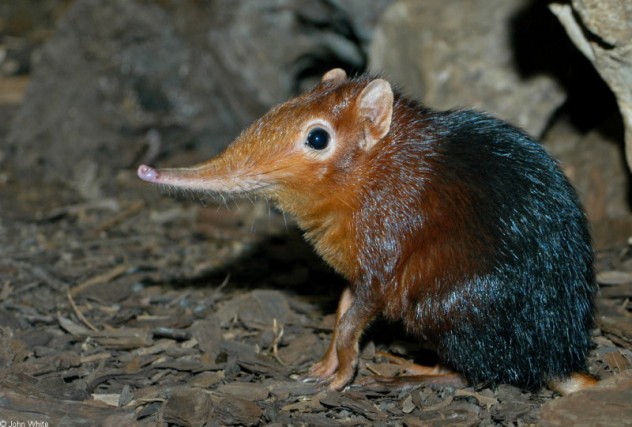
Scientists have performed some pretty disgusting experiments over the years, but one of the absolute worst is the man who ate a shrew. In 1994, two strong-stomached scientists decided to find out what would happened if one of them swallowed, digested and excreted a northern short-tailed shrew.
New York anthropologists Brian D Crandall and Peter W Stahl took great care to prepare the shrew for consumption. According to their report—Human Digestive Effects on a Micromammalian Skeleton—the pair began by skinning and disemboweling the shrew. It was then, in their words, “lightly boiled” before one of the two scientists (they don’t reveal which one) swallowed the carcass without chewing.
But their experiment did not stop there. The pair decided to analyze what remained of the shrew once it had been digested and excreted. However, despite an exceptionally thorough inspection, not all if the shrew’s bones made it out of the other end. Among the “missing” body parts were one major jawbone, four molar teeth, much of the leg and foot, all but one of the 31 vertebrae, and a significant amount of the shrew’s skull.
Given that the carcass was swallowed whole, without taking a bite, the scientists were amazed by what they discovered. “Any damage,” they explain in their report, “occurred as the remains were processed internally. Mastication undoubtedly damages bone, but the effects of this process are perhaps repeated in the acidic, churning environment of the stomach.”[1]
9 Playing hide-and-seek with rats
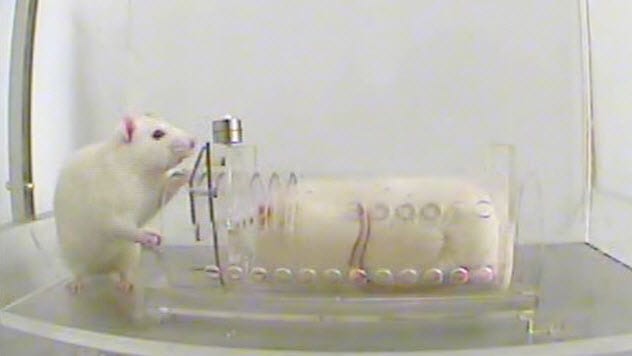
Rats are often seen as filthy, loathsome creatures, but it turns out they have a childish side too. The scurrying rodents are said to love a game of hide-and-seek, often giggling with delight when they are discovered.
In 2019, a team of neuroscientists at Humboldt University in Berlin devised a way to play hide-and-seek with male adolescent rats. The researchers set up a small playroom full of boxes and shelters to hide behind. The rats quickly learned how to play the game, and began to develop strategies to better evade and locate their human opponents.
During their training, the rats were not rewarded with food or water; instead they were tickled and given positive physical contact. But they seemed to enjoy more than just the reward. The researchers believe the rats would play hide-and-seek for the sheer fun of it. When they were caught, the rodents would often let out ultrasonic giggles and jump for joy, then scamper off to a different hiding place.
This might sound like a silly experiment, but scientists have found that play behavior is vital for cognitive development.[2]
8 Magnetized cockroaches
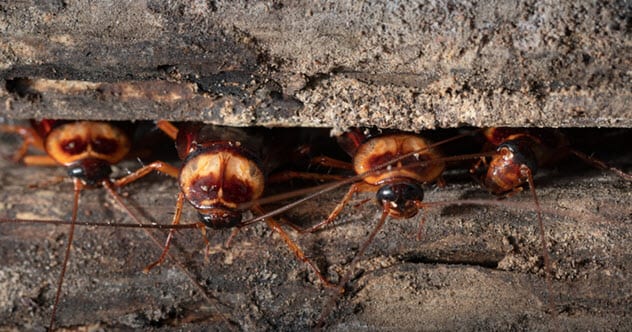
When you think of magnets, cockroaches are probably not the first things that come to mind. But, believe it or not, the hardy insects have a number of strange magnetic properties. Cockroaches, like birds, navigate by sensing the Earth’s magnetic field, and some scientists believe they could help improve the design of magnetic sensors.
In order to learn more, researchers at Nanyang Technological University in Singapore placed a group of American cockroaches inside a magnetic field. The little creatures became magnetized in next to no time. But the effect was not permanent. Outside the field, their magnetism faded away and the cockroaches returned to their normal, non-magnetized selves.
But the scientists noticed something unusual. They found that the time taken for the cockroaches’ magnetism to decay varied by as much as fifty minutes to fifty hours. And it all depended on whether the cockroaches were alive or dead.
The scientists concluded that this strange effect was caused by the different viscosities of living and dead cockroaches. Basically dead cockroaches take longer to demagnetize because they are much stickier than live ones. There are actually tiny magnetic particles nestled within the bodies of cockroaches. Typically these particles are scattered about and facing in different directions. But when a magnetic field is applied they begin to line up. Then, when the field is removed, they return to their random orientation. This process is fairly quick in live cockroaches (around 50 minutes) because the magnetic particles are housed in a gloopy fluid, so they can move about with ease. But when the insects die, the fluid hardens up, which is why the particles can take over two days to return to their original orientation.[3]
So, what are these magnetic particles and where they come from? Sadly scientists are still none the wiser. But this bizarre experiment has proven there is much more to cockroaches than meets the eye.
7 Alligators on helium
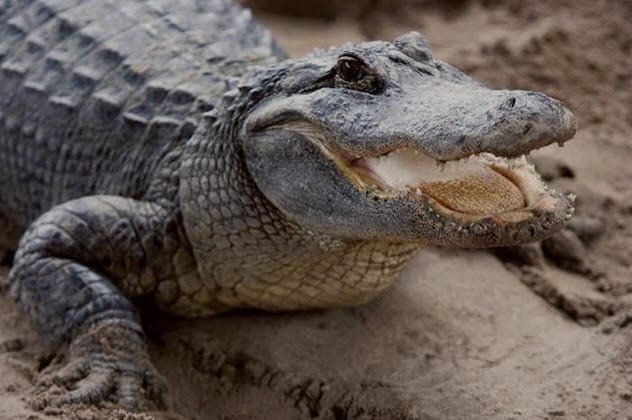
What happens when an alligator inhales helium? Strange question, but a team of experimental biologists believe the answer has helped them better understand how the snapping reptiles communicate.
As I’m sure you are all aware, when humans inhale helium our voices become squeaky. The reason for this is simple: helium gas is lighter than air, which means sound waves speed up as they travel through it. This causes the helium molecules to vibrate at frequencies much higher than air, which is what makes your voice sound like Donald Duck.
Although it seems like a novelty party trick, this concept becomes far more useful when applied to alligators. Alligators are known to make loud bellowing noises to mark their territory and attract partners during mating season. But until recently scientists have been in the dark about how these bellows are produced.
To learn more, researchers from the University of Vienna put a small Chinese alligator in an airtight tank, then filled the tank with heliox (a safe mix of helium and oxygen). The alligator actually sounded deeper in the heliox tank, but later analysis confirmed that the frequency of her bellows had, in fact, increased. This suggests that alligators communicate with each other like birds and humans by making the air in their vocal tracts resonate. And, by extension, perhaps dinosaurs communicated that way too.[4]
6 Songbirds on drugs sing “free-form jazz”
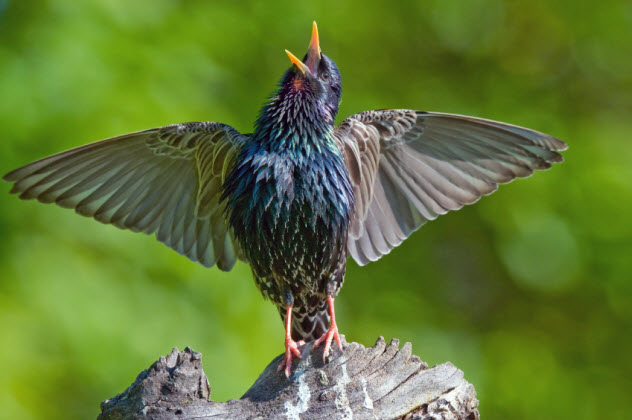
From Jimi Hendrix to Snoop Dogg, all number of musicians have performed under the influence of drugs. But what about birds? Now, thanks to biologists at the University of Wisconsin, Madison, European starlings have been heard singing “free-form jazz” while on opiates.
In a 2020 study, a group of starlings were given a small dose of fentanyl. Fentanyl is a medical painkiller that, like morphine, induces feelings of euphoria. The scientists were curious to learn if the drugged-up birds would burst into song just for the fun of it. And they did. Shortly after the starlings had taken fentanyl, they began to sing a kind of “free-form jazz”, scatting away on opioids like Charlie Parker.
Research suggests that flocks of starlings often sing together out of joy of being among other birds. It is thought that the birds carry on singing alone to try to reproduce that social pleasure. “It’s evidence that a positive state is induced by the presence of flock-mates, which stimulates song,” lead author Lauren Riters told The Times, “and that birds continue to produce gregarious song because it is rewarding.”[5]
10 Absurd Sleep Habits Of Wild Animals
5 Vibrating live earthworms
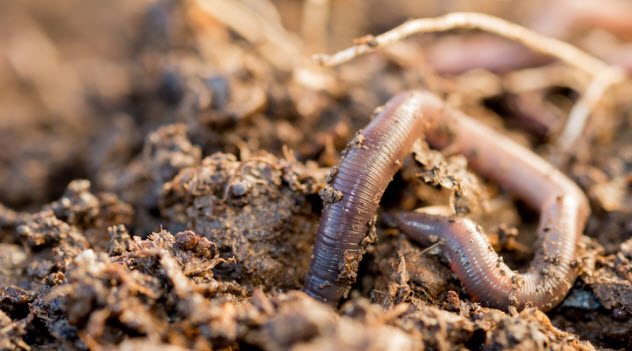
In 2020, two Melbourne-based scientists made headlines after using a loudspeaker to vibrate earthworms—research they claim could hold significance for neurotechnology.
This seemingly bizarre experiment is actually a lot more scientific than it first appears. The researchers began by sedating earthworms with alcohol. They then placed them on a loudspeaker, cranked up the volume, and watched as the worms began to wobble. Using a laser, they were able to monitor what effect the speaker had on the worms.
The bodies of earthworms are mostly made of water. This means that when they are shaken they behave like droplets of water and begin to ripple. But the vibrations from the loudspeaker produced a particular type of ripple known as a Faraday wave, named after the pioneer of electromagnetism Michael Faraday.[6]
While this might not sound remarkable, the pair believes their outlandish research could be used to develop a safe, non-invasive method to connect the human brain to a computer. Essentially this bunch of drunken worms wobbling on top of speaker may one day help produce a far less harmful version of Elon Musk’s Neuralink. Who knows what the future holds?
4 Chicken walks like a dinosaur
Studying dinosaurs is a difficult businesses, given they have been extinct for 65 million years. Studying old bones and fossils can only teach you so much, and scientists are constantly on the lookout for new ways to better understand the terrible lizards.
Then in 2014 a team of scientists in Chile had a brainwave: why not put a plunger on a chicken’s bum? Chickens, like all birds, are descended from a group of dinosaurs known as the therapods (e.g. velociraptor, T. rex). So, by giving a chicken an artificial tail, the scientists believed they could alter its centre of gravity and make it walk like a dinosaur.[7]
Remarkably the experiment worked. A short video produced by the researchers clearly shows the chicken prowling around like a no-budget version of Jurassic Park.
3 Monkey with a mind control robot arm
It sounds like something out of a surrealist sci-fi movie, but in 2008 scientists released footage of a monkey controlling a robotic arm with its brain. Researchers from the University of Pittsburgh designed a highly-sophisticated mind-controlled arm, then taught a macaque monkey to use it to feed itself marshmallows.
The monkey was able to control the arm using an advanced brain implant. Electrodes had to be inserted into the monkey’s motor cortex to detect signals from the brain, which the implant translated into commands for the arm. The engineers had taken great care to make the arm’s movement as realistic as possible. The prosthetic limb was given a dynamic shoulder, an elbow that only bends one way and a claw-like hand.[8]
Following the remarkable work of the Pittsburgh researchers, scientists have gone on to build similar prosthetics limbs for humans to help paralyzed people live independently.
2 Drugged spiders weave odd webs

NASA has performed some incredible feats over the years, but one of their weirdest moments was the time they got spiders high. In 1995, researchers were interested to learn the effects of various drugs on spider web patterns. Scientists at Marshall Space Flight Center in Alabama fed spiders various toxic substances—including marijuana, caffeine and amphetamine—then watched as they spun webs while tripping.
Unsurprisingly the arachnids exposed to the most toxic chemicals produced the most misshapen webs. The one on marijuana wove most its web to begin with, but lost interest around midway. In contrast, the amphetamine spider spun with a huge amount of enthusiasm but was let down by its lack of order; its web was full of gaping holes. And the one on caffeine produced something halfway between a traditional web and a spiral mandala.[9]
1 The sex life of rats wearing different pants
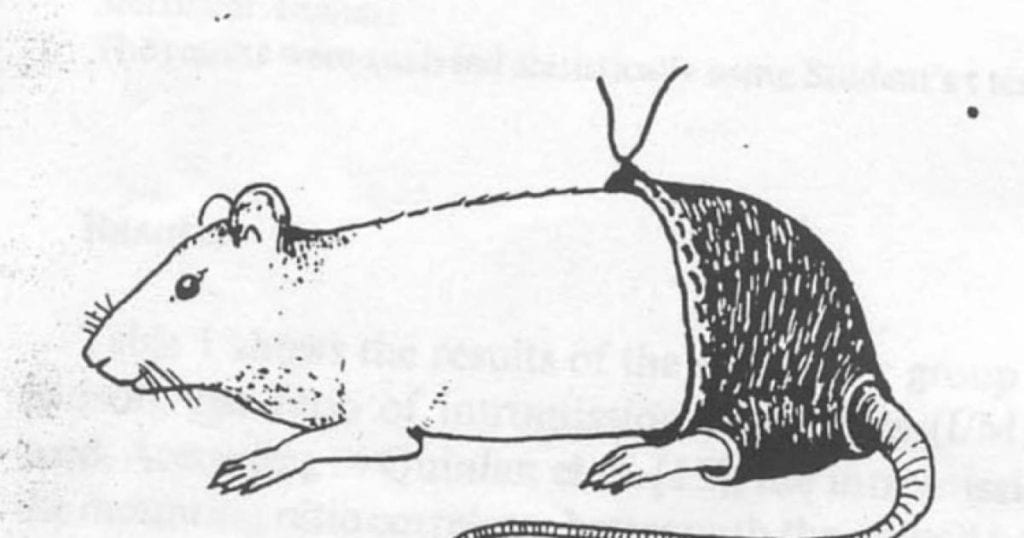
If you want to be successful in romance you have to dress sharp. That is not only true of humans but rats as well. In the 1990s, Egyptian scientist Ahmed Shafik conducted an experiment dressing rats in different kinds of pants and studying the effects on their sex lives.
In total, 75 rats were made to wear pants over the course of a year. By the end of the experiment, Shafik found that those wearing cotton or wool were significant more likely to get lucky, whereas the ones dressed in polyester and poly-cotton blend often struck out
So why are the woolen-panted rats such Casanovas compared to their polyester pals? Shafik believed the polyester material created irritating electrostatic fields around the genitals, which led a drop in sexual activity. However American humorist Mary Roach has a different theory. “Having seen an illustration of a rat wearing the pants,” she wrote in her 2008 book Bonk, “I would say there’s an equal possibility that it’s simply harder to get a date when you dress funny.”[10]
10 Amazing Mummified Animals We Have Found






